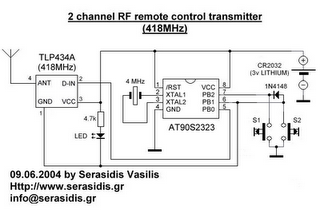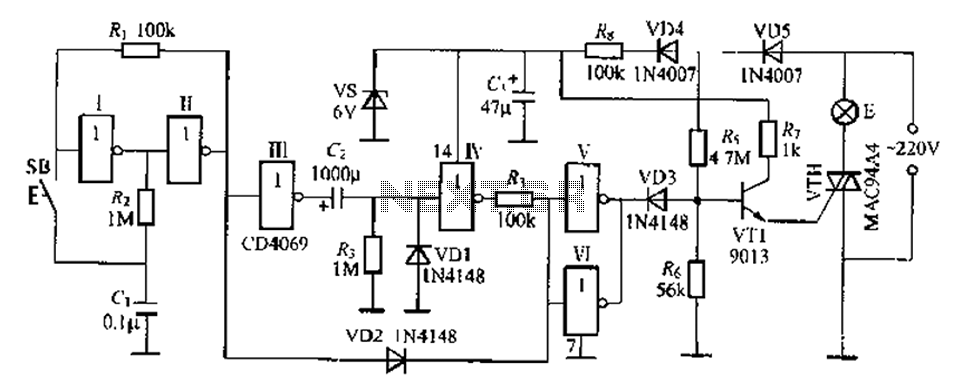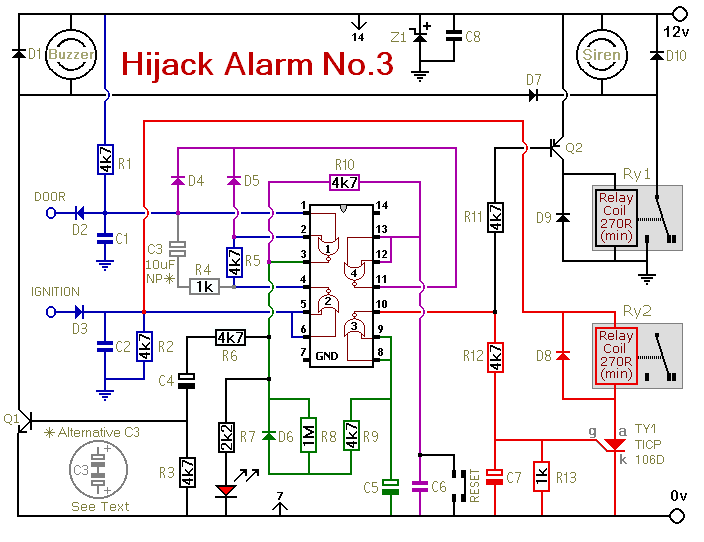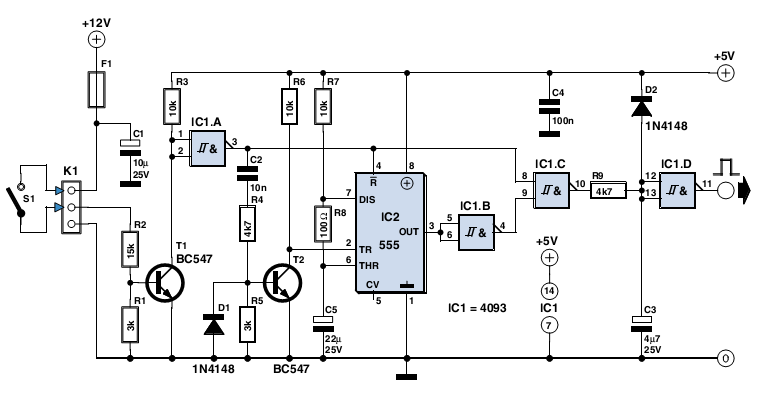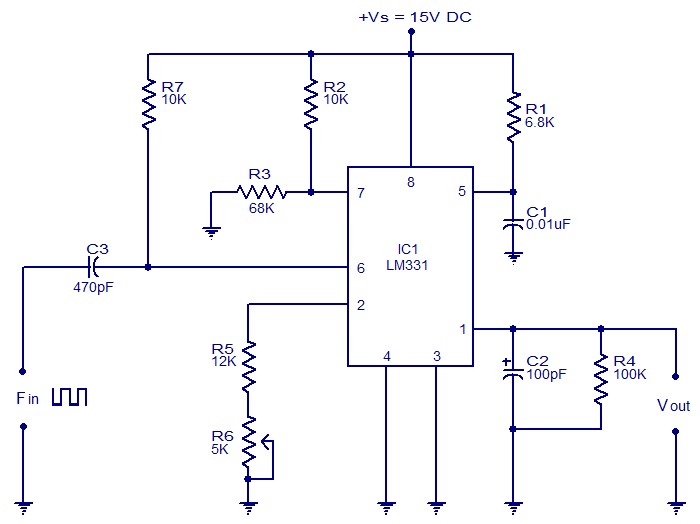
ADA4858-3 used as a PIN diode driver circuit
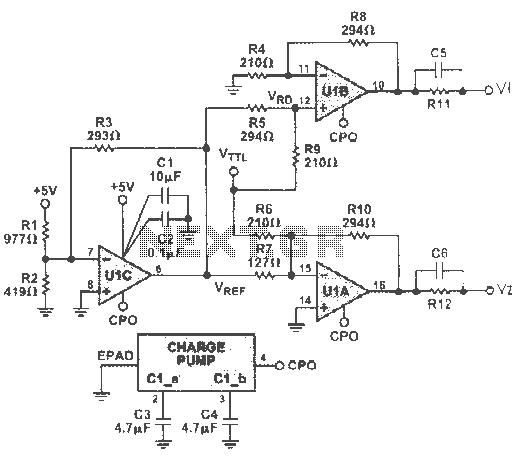
The circuit can incorporate a buffer gate at the input to ensure compatibility with TTL or other logic levels. This design is intended for a TTL 0V circuit to accommodate a 3.5V input signal swing. Additionally, it generates a complementary -1.5V to +3.5V swing for driving PIN diodes. Resistors R1, R2, and R3, along with operational amplifier U1C, create a -1.5V reference voltage for the circuit, utilizing the internal negative voltage produced by the charge pump. Capacitors C3 and C4 are essential for the operation of the charge pump.
The described circuit functions as a voltage level translator and signal conditioner, facilitating the integration of different logic families. The buffer gate at the input serves to isolate the input signal from subsequent stages, thereby preventing loading effects that could distort the signal integrity. The compatibility with TTL logic levels allows for seamless interfacing with various digital circuits.
The generation of a -1.5V reference voltage is crucial for applications that require bipolar signal swings, such as driving PIN diodes, which are commonly used in RF and photonic applications. The resistors R1, R2, and R3 are configured to establish this reference voltage by forming a voltage divider network. This network ensures that the output of the operational amplifier U1C accurately reflects the desired reference level while maintaining stability against variations in supply voltage.
The internal charge pump plays a pivotal role in generating the necessary negative voltage. By utilizing capacitors C3 and C4, the charge pump can effectively store and transfer charge, enabling the creation of the -1.5V output. The selection of these capacitors is critical; their values must be chosen to balance the charge transfer efficiency and the response time of the charge pump circuit.
In summary, this circuit design not only provides a robust solution for interfacing different logic levels but also ensures the proper operation of components like PIN diodes through the generation of a stable negative voltage reference. The careful selection of components and their configurations is essential to achieve optimal performance in various electronic applications.The figure can add a buffer gate at the input, so that the circuit compatible with TTL or other logic. This request is to TTL0V circuit to 3.5V input signal swing to a complementary -1.5V to + 3.5V swing for driving PIN diodes. R1, R2, R3 and U1C formed -1.5V reference voltage of the circuit, the internal negative voltage CPO produced by the internal charge pump. The charge pump capacitors C3 and C4 are necessary for the work.
The described circuit functions as a voltage level translator and signal conditioner, facilitating the integration of different logic families. The buffer gate at the input serves to isolate the input signal from subsequent stages, thereby preventing loading effects that could distort the signal integrity. The compatibility with TTL logic levels allows for seamless interfacing with various digital circuits.
The generation of a -1.5V reference voltage is crucial for applications that require bipolar signal swings, such as driving PIN diodes, which are commonly used in RF and photonic applications. The resistors R1, R2, and R3 are configured to establish this reference voltage by forming a voltage divider network. This network ensures that the output of the operational amplifier U1C accurately reflects the desired reference level while maintaining stability against variations in supply voltage.
The internal charge pump plays a pivotal role in generating the necessary negative voltage. By utilizing capacitors C3 and C4, the charge pump can effectively store and transfer charge, enabling the creation of the -1.5V output. The selection of these capacitors is critical; their values must be chosen to balance the charge transfer efficiency and the response time of the charge pump circuit.
In summary, this circuit design not only provides a robust solution for interfacing different logic levels but also ensures the proper operation of components like PIN diodes through the generation of a stable negative voltage reference. The careful selection of components and their configurations is essential to achieve optimal performance in various electronic applications.The figure can add a buffer gate at the input, so that the circuit compatible with TTL or other logic. This request is to TTL0V circuit to 3.5V input signal swing to a complementary -1.5V to + 3.5V swing for driving PIN diodes. R1, R2, R3 and U1C formed -1.5V reference voltage of the circuit, the internal negative voltage CPO produced by the internal charge pump. The charge pump capacitors C3 and C4 are necessary for the work.
